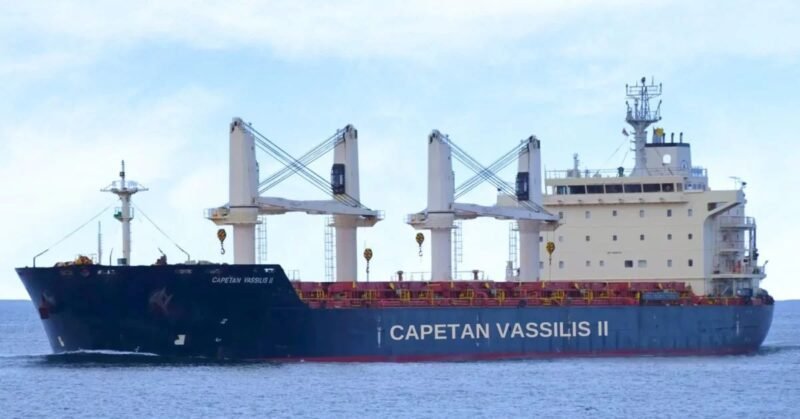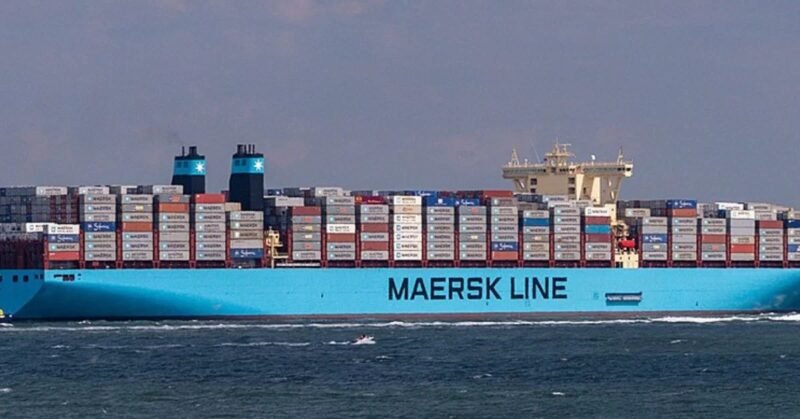In the last decade, the volume of cargo transported via waterways has increased significantly, growing sixfold thanks to the development of new national waterways. According to Crisil, the amount of cargo moved surged from 18.1 million tonnes in FY14 to 132.9 million tonnes in FY24. The government has ambitious targets for the future, aiming to transport 200 million tonnes by FY30 and 500 million tonnes by FY2047. Currently, road transportation dominates the freight industry, accounting for 65%, followed by rail transportation at 26%, with air, pipeline, coastal shipping, and inland waterways making up the remaining 9%.
One significant project contributing to the expansion of waterway transportation is the Jal Marg Vikas Project (JMVP), which was launched in 2018 with an investment of Rs 5,369.18 crore. The project aims to enhance the capacity of National Waterway 1 (NW), a 1,390 km stretch from Haldia to Varanasi along the Ganga-Bhagirathi-Hooghly river system. This initiative is crucial in improving the efficiency and effectiveness of waterway transportation, further boosting the volume of goods transported through this mode.
The growth in cargo transportation via waterways signifies a shift towards more sustainable and efficient modes of transportation. With the government’s focus on developing national waterways and enhancing infrastructure, the future looks promising for this sector. As the volume of goods moved by waterways continues to rise, it is essential to invest in projects like the JMVP to further expand and optimize the potential of waterway transportation in India.


















